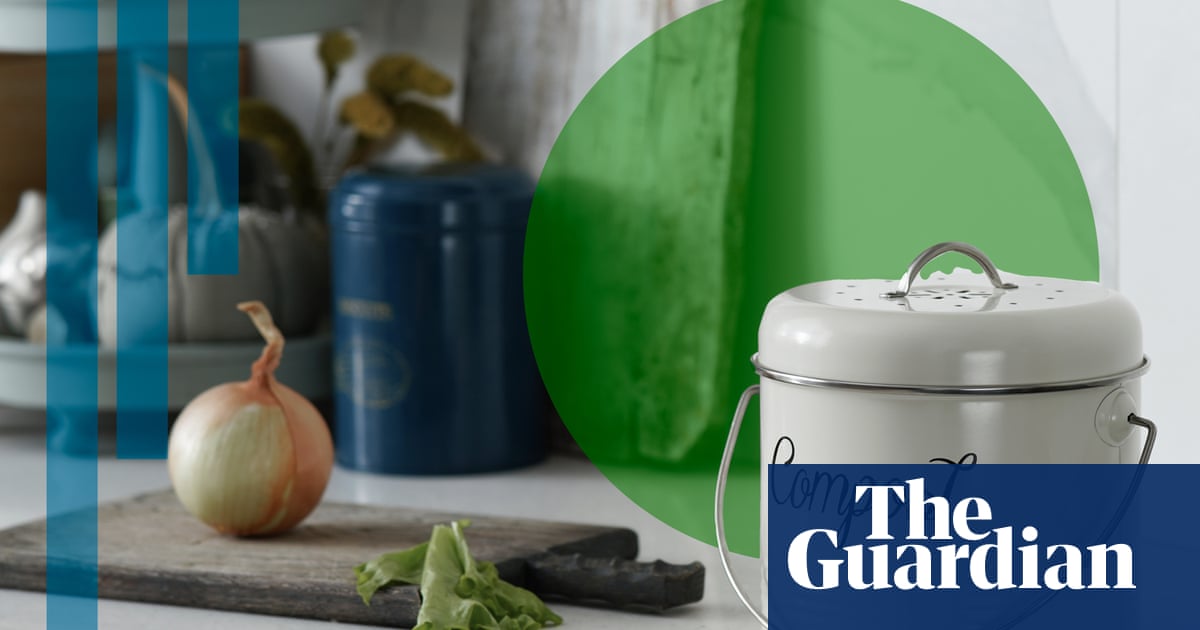Composting food waste rather than sending it to landfill drastically reduces household waste and emissions. From the old-school compost heap to worm farms and council Fogo (food organics and garden organics) bins, there are options to suit everyone, including those in small apartments. Here’s how to start.
Composting is the process of recycling organic matter (garden waste, food scraps and more) into a nutrient-rich mixture used to enrich soil. This contrasts starkly with organics rotting in landfill: buried under other waste, they decompose anaerobically (without oxygen), producing a lot of methane (a potent greenhouse gas), as well as the toxic sludge of leachate.
Studies show composting organics produces far fewer emissions than sending them to landfill,decreasing CO2 equivalent gases by more than 50%depending on method, conditions and food type.
Around3% of Australia’s emissions come from food waste, with household food waste accounting for almost one-third. Andaround halfof what goes into household bins could be composted instead.
Rachel Kernaghan, ecological education manager at Sydney’s innovative waste and recycling centre, Kimbriki, says an important first step isrethinking your approach to food and shopping. Her suggestions include weekly menu plans, grocery lists and smarter, less frequent shopping, as well as cooking and eating to use up what you’ve got.
There are hundreds of different composting solutions on the market, designed to suit different situations, tastes and budgets. Things to consider include: the size of your outdoor space, amount of household food scraps produced, what you’ll do with the results, and your desired amount of effort. Rebecca Bliss, social impact manager at Sustainability Victoria, says: “Composting doesn’t need to be complicated and it doesn’t need to be expensive. It just needs to be convenient and accessible for people.”
The original solution is the compost heap, traditionally a big pile in the corner of the garden. Thanks to our smaller blocks and dislike of smell and rodents, enclosed compost bins (either above or in-ground) and tumblers have taken over. Depending on the model, these can process a lot of waste, producing rich, humus-like soil. There is still the possibility of whiffiness and unwanted pests, and some shovel work is required.
Worm farms are another easy, popular choice. Basically a set of stacking plastic boxes filled with wrigglers, they turn scraps into nutrient-rich worm juice emptied via an in-built tap. Available in different sizes and styles, they’re generally low-maintenance, low-pong and small, suitable for courtyards and balconies. However, worms can’t process the same volume as a compost, are fussier in terms of scrap type and size, and more sensitive to heat.
Bokashi bins ferment food scraps through the addition of enzymes. The end result is nitrogen-rich liquid (great for fertilising plants) and “pickled” waste that needs to be dug into soil or added to compost. Suitable for indoor use, the plastic tubs take up little space and process scraps that other systems won’t – citrus, meat, onion and more.
Sign up toAfternoon Update
Our Australian afternoon update breaks down the key stories of the day, telling you what’s happening and why it matters
after newsletter promotion
If none of these solutions suit, donating your food scraps to a composting program via a community garden, school or scheme is another option. The best place to start is with your local council.
Where available, industrial compost systems are the easiest option of all. Councils collectFood Organics and Garden Organics (Fogo)bins along with other kerbside bins, transporting the waste to industrial facilities. These large-scale services can process most organic matter, from bones to compostable packaging, with the resulting compost used in parks and agriculture. The Fogo bins are a good adjunct to household composting, taking in organic matter you can’t process at home.
Help is at hand navigating the wide array of choices. Composting workshops are offered by everyone from councils to gardening groups, often offering discounted products. Then there are bigger organisations such as Compost Revolution, a social venture that works with local councils to remove barriers to composting, including cost, knowledge and guidance, and supports councils’ e-commerce, logistics and marketing. As well as delivering discounted products direct to people’s doors, Compost Revolution helps match a household’s situation to an ideal solution via a quiz and educational tutorials, as well as ongoing support.
“What we do is help people choose the right composting system for their needs, with easy tutorials and support,” says David Gravina, Compost Revolution’s founder. “Home composting keeps nutrients local, supports people to reduce their waste and encourages people to reconnect with nature’s cycle, while getting physically fit and emotionally nourished – intrinsic benefits you don’t get from industrial systems.”
However, more important than how you compost is that you do it at all.
Your contact details are helpful so we can contact you for more information. They will only be seen by the Guardian.
Your contact details are helpful so we can contact you for more information. They will only be seen by the Guardian.
If you’re having trouble using the form, clickhere. Read terms of servicehere.
